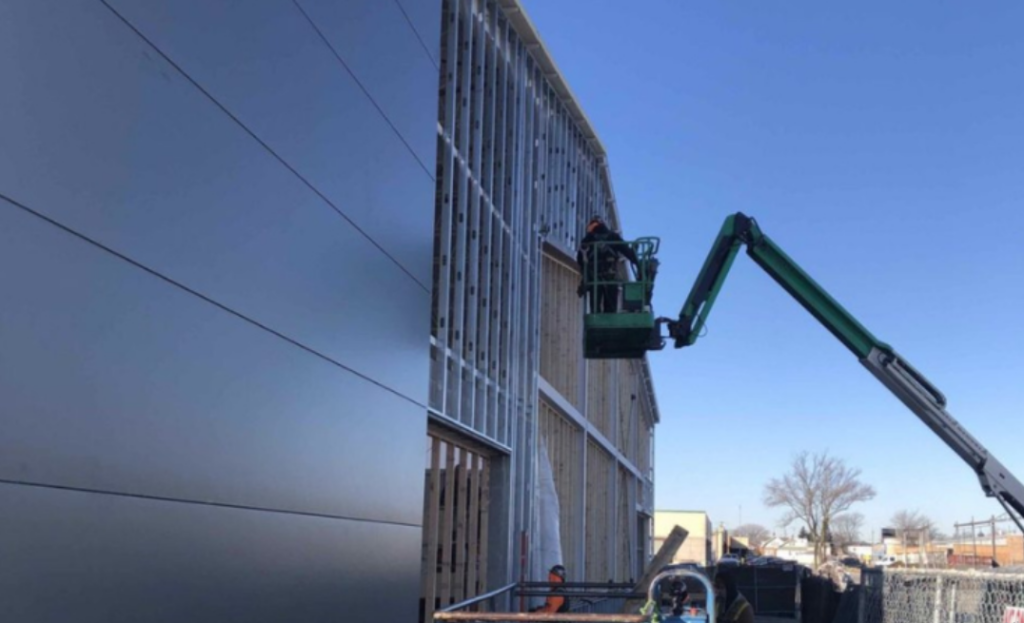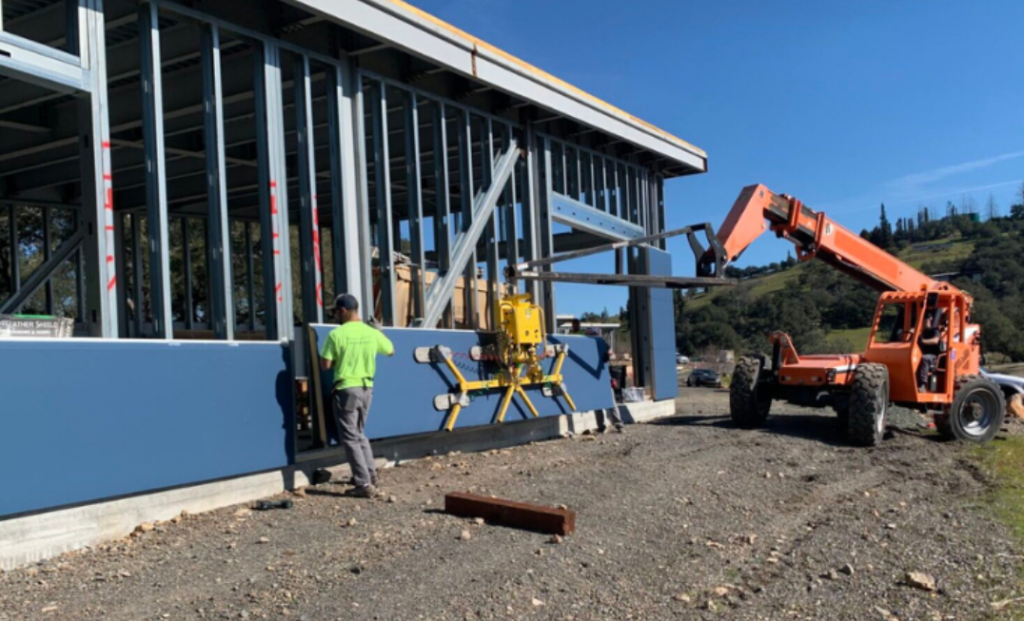Comprehensive Guide to Facade Installation: Best Practices and Tips

Introduction
The facade of a building is one of the most significant components in construction, combining aesthetic appeal with critical functional roles, such as insulation and weather resistance. Understanding the nuances of facade installation can significantly impact a building’s efficiency, durability, and visual impression. This comprehensive guide aims to shed light on key aspects of facade installation, offering best practices and tips for achieving optimal results.
The installation of a building’s facade is a complex process that demands precision and the right equipment to ensure both aesthetic and functional success. For contractors and construction teams, having access to the proper tools and machinery is crucial for executing facade projects efficiently. Construction equipment hire services play a pivotal role in providing this essential support. One such service, van mounted platform hire, offers a versatile solution for accessing high and challenging areas of a building’s facade. This equipment allows for safer and more efficient installation, maintenance, and inspection, ensuring that the facade meets both design and structural standards.
What is a Facade in Construction?
A facade in construction refers to the exterior front face of a building, which often serves as the building’s identity. Beyond its aesthetic function, the facade plays a crucial role in protecting the interior from environmental elements, contributing to the building’s thermal efficiency, and ensuring comfort for its occupants. Modern facades incorporate a variety of materials, designs, and technologies to meet these needs. For durable and efficient solutions, rely on expert sewer line installation chicagoland.

How is a Facade Attached to a Building?
The method of attaching a facade to a building depends on the type of facade system used. Generally, facades are attached using mechanical fasteners, adhesives, or a combination of both, to a structural frame. Find the right adhesive sticks to ensure that the materials are securely attached. This can also involve the use of mounting brackets, clips, or rails that are designed to accommodate thermal expansion and movement, ensuring the facade’s durability and integrity over time.

What is the Process of Facade Installation?
The process of facade installation involves several key steps:
- Design and Engineering: This initial phase includes detailed planning, considering factors like material selection, structural support, insulation, and aesthetic preferences.
- Material Fabrication: Once the design is finalized, facade materials are fabricated according to the project’s specific dimensions and requirements.
- Site Preparation: The installation site is prepared, which may involve removing old facade materials and ensuring the structure is ready to support the new facade.
- Installation: The fabricated materials are then attached to the building, starting from the bottom up or according to the project’s specific installation plan.
- Sealing and Finishing: Finally, any gaps are sealed, and finishes are applied to protect the facade against weather and to ensure its visual appeal.

What is the Facade System?
A facade system refers to the components and methods used to construct a building’s facade, which can vary widely depending on the architectural design, building requirements, and environmental considerations. Facade systems can be classified into several types, including curtain walls, precast panels, and metal cladding. Each system has its unique characteristics, advantages, and installation processes.
Best Practices and Tips
- Prioritize Durability and Sustainability: Select materials that offer longevity and minimal environmental impact.
- Ensure Proper Insulation: Effective insulation is key to energy efficiency and comfort.
- Consider Maintenance Needs: Choose facade solutions that are easy to maintain and repair.
- Compliance with Regulations: Ensure that all materials and installation methods comply with local building codes and standards.
- Professional Installation: Given the complexity of facade systems, hiring experienced professionals is crucial for successful installation.
For those interested in the cutting-edge facade materials, exploring the versatility and strength of modern metal wall systems offers valuable insights. The article, Exploring the Versatility and Strength of Modern Metal Wall Systems, provides an in-depth look at how these systems can enhance building design and functionality.
Conclusion
Facade installation is a critical phase in construction that requires meticulous planning, skilled execution, and an understanding of the materials and methods involved. By adhering to best practices and leveraging innovative facade systems, building owners and contractors can ensure that their projects not only meet aesthetic goals but also stand the test of time in terms of durability and performance.